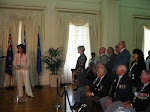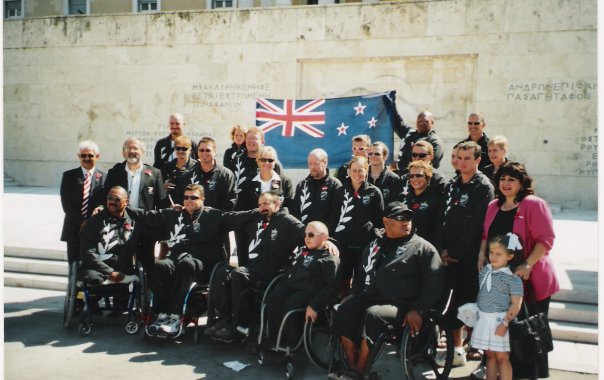-->
Happy Waitangi Day everyone!
I thought I would share with you all some of my Treaty of Waitangi pictures from the permanent exhibit at Wellington's Te Papa Museum, taken during my recent trip to New Zealand
The Treaty of Waitangi (Māori: Te Tiriti o Waitangi) is a treaty frst signed on February 6, 1840, by representatives of the British Crown, and various Māori chiefs from the northern North Island of New Zealand. The Treaty established a British governor in New Zealand Britain sovereignty over New Zealand New Zealand
Until the 1970s, the Treaty was generally ignored by both the courts and parliament, although it was usually depicted in New Zealand
Today it is generally considered the founding document of New Zealand
Click here to read more from Wikipedia.
See how much you know about the Treaty of Waitangi...
Take the Treaty of Waitangi Quiz (Source: NZ History on line)
 King, Marcus 1891-1977 :The signing of the Treaty of Waitangi, Feb 6th, 1840 [Wellington, Free Lance] 1939
King, Marcus 1891-1977 :The signing of the Treaty of Waitangi, Feb 6th, 1840 [Wellington, Free Lance] 1939
Representatives of the government and of the Māoris assembled at James Busby's residence, including Captain William Hobson. Henry Williams at the lower table explaining the text to a signatory, Captain J Nias, James Busby and Tamati Waka Nene.
Click here to see original at the Alexander Turnbull Library, National Library of New Zealand,
Te Puna Matauranga O Aotearoa
Te Puna Matauranga O Aotearoa























